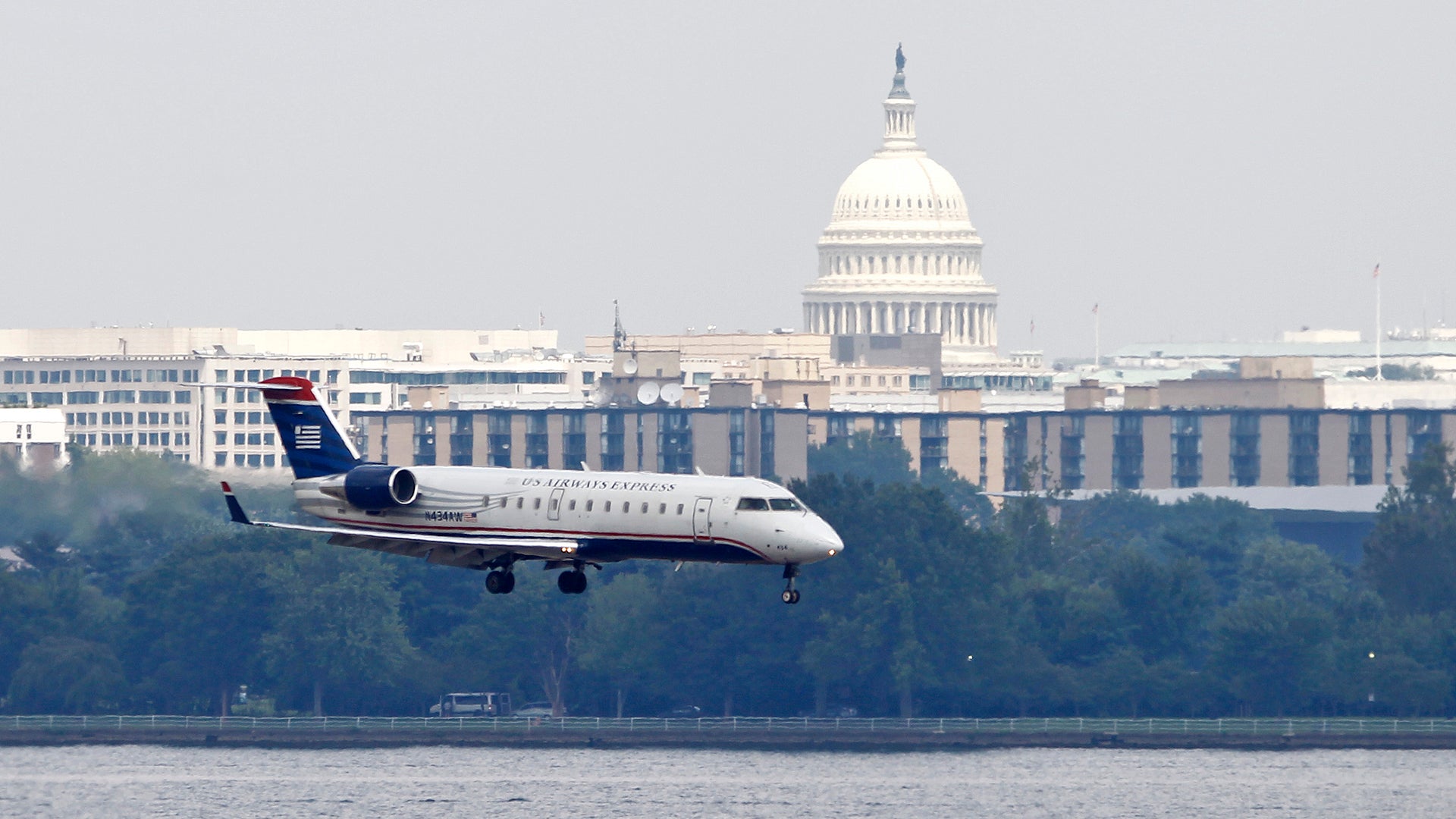A report by CBS News
states that Federal Aviation Administration air traffic controllers in New York heard a clear threat apparently directed at them via a radio frequency yesterday. A digitized voice stated the following: “We are flying a plane into the Capitol on Wednesday. Soleimani will be avenged.”
This is a clear reference to General Qassem Soleimani, the former head of Iran’s Quds Force, the external operations branch of the country’s Islamic Guard Revolutionary Guard Corps (IRGC), who was killed by the U.S. military near Baghdad International Airport in Iraq a year ago. The anniversary of Soleimani’s death, along with a litany of other issues, is driving extreme tensions between Iran and the United States at this time. The situation has prompted the United States to carry out major military posture changes in the region.

CBS News states that U.S. officials don’t believe what the air traffic controllers heard was a credible threat, although it is a major breach of radio transmission protocol and they are investigating it as such. This is curious as it would seem a bit too hasty to throw it out altogether, especially considering the maelstrom of security issues that are already presenting themselves on what is set to be a nearly unprecedented day that will be marked by protest and disruption on Capitol Hill as the 2020 presidential election is set to be finalized by the legislative branch.
CBS News continues, stating:
Sources told CBS News a message was sent to air traffic controllers on Tuesday reminding them that any threat or a plane deviating from its flight path should be reported immediately.
The FBI is not commenting but said it takes “all threats of violence to public safety seriously.” The Federal Aviation Administration said it is in contact with law enforcement.
There is also the nature of Iran’s recent threats towards the United States to consider here, one of which was especially ominous. “It’s even possible that there are people inside your home [the United States] that will respond to your crime,” Brigadier General Esmail Ghaani, the current head of the Quds Force, who assumed the position after Soleimani died, said at an event in Iran on News Year’s Day.
The reality is that the National Capital Region is the most well-defended ring of airspace in the country. Few outlets, if any, have reported as extensively on it over the years as The War Zone. This post offers a good recent primer on it and how it works. It is defended by a wing of specially-trained pilots that fly F-16C/D Viper fighter jets that are now sporting the most advanced radars the type can carry. These jets sit alert and fly regular air patrols out of Andrews Air Force Base. They are also augmented by outside fighter assets at various times depending on the threat profile and other events happening in the region. MH-65 Dolphin helicopters from the Coast Guard also stand alert at Reagan International Airport, with their job being intercepting ‘slow movers,’ such as light aircraft, and ushering them away from sensitive areas, as well as collecting intelligence on small targets, such as drones.
In addition, the National Capital Region is defended by the most advanced integrated air defense system in the United States, which fuzes together a vast array of sensor data, both military and civilian, into a common airspace picture. This allows for split-second decision-making based on the best available information, and rightfully so as those in command may only have seconds to make life and death calls.
This same air defense network is tied into NASAMS radar-guided surface-to-air missile systems, which are scattered around the area in an overlapping manner. These missile systems, which use the AIM-120 AMRAAM as their kinetic component, can take down large aircraft within a matter of seconds. There are also close-in point defense capabilities provided by AN/TWQ-1 Avenger air defense systems, which use the latest FIM-92 Stinger missile as their primary kinetic component. These are scattered near sensitive targets in their mobile, Humvee-mounted form, and also installed on hard stands on rooftops near the National Mall.
There are many other non-kinetic systems, as well, including high-power laser warning systems and, in recent years, systems capable of locating and disabling small radar cross-section remotely controlled aircraft like hobby drones.
So, it’s not as if the National Capital Region is defenseless against an aerial attack, far from it. The ashes of 9/11 changed the way these threats are handled locally in a dramatic fashion.
Still, as we have stressed repeatedly for years, the next 9/11 will not happen via a hijacked airliner full of innocent people. It will happen via a swarm of drones and/or lower-end cruise missiles launched from over-the-horizon. There is still much to be done in terms of quantifying and defending against such a threat.
With all this in mind, and on a day when Iran specifically showed off its drone and cruise missile swarming capabilities and capacity in a grand and audacious manner, and considering they have been remarkably successful at breaching the best air defense systems available in the past with these capabilities, such a threat needs to be taken seriously.

If anything else, this warning, regardless of its intent, should be a stark reminder that we must prepare to counter future threats from above, not just the ones that haunt us from the past.
Contact the author: Tyler@thedrive.com
